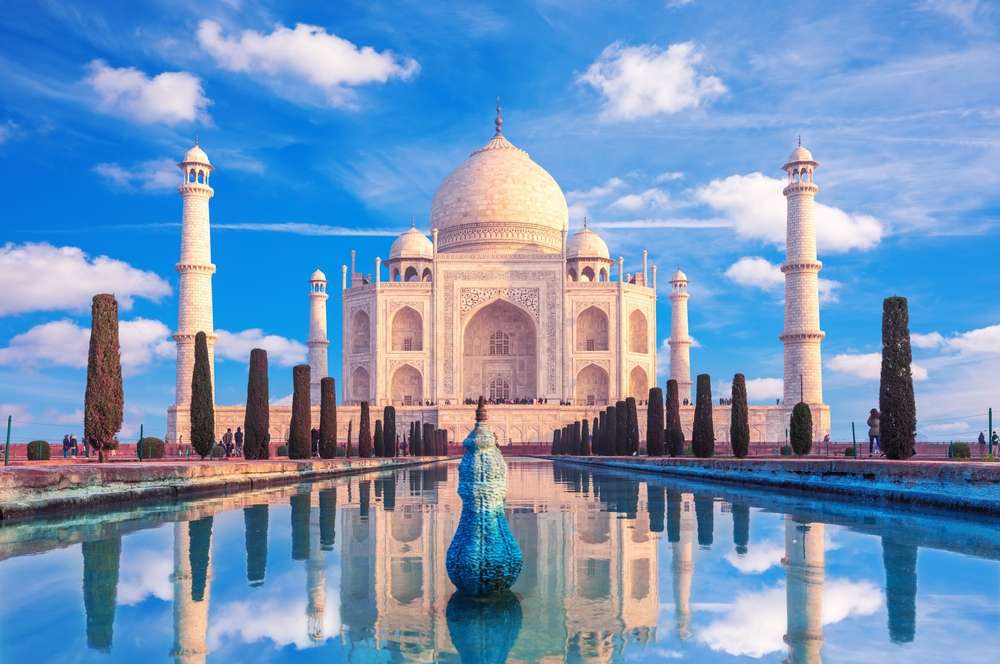
India
Some of the most strong and important empires in human history have emerged from India, a nation famed for its rich legacy and varied culture. From the splendour of the Mauryan Empire to the cultural rebirth brought about by the Gupta dynasty, India’s ancient civilisations were distinguished by both amazing successes and certain fall-offs. Examining their strengths, contributions, and causes of collapse, this paper investigates the growth and fall of these ancient civilisations.
The Maurya Empire: A New Dawn
The Mauryan Empire, which rose in prominence in the fourth century BCE, was among the most important ones in ancient India. Originally established by Chandragupta Maurya, the empire was renowned for bringing most of the Indian subcontinent together. It peaked in extent, spanning Bengal in the east to Afghanistan in the west and the Deccan Plateau in the south to the Himalayas in the north. Political stability and economic wealth were rather high at that period.
The centralised government under Chandragupta signalled a change. After seeing the atrocities of war, his grandson Ashoka the Great worked to spread Buddhism, augmenting the empire’s impact. Ashoka’s nonviolent and religion-tolerant policies are still felt today for their significant influence on Indian culture and beyond. But with Ashoka’s death in 232 BCE, internal turmoil, poor leadership, and outside invasions started the empire to fall. The empire broke up into smaller kingdoms and finally faded from view.
The Gupta Empire: A Golden Age
Often seen as India’s Golden Age, the Gupta Empire lasted from approximately 320 CE to 550 CE. Under the direction of Chandragupta I and subsequently his successors, Samudragupta and Chandragupta II, the Gupta Empire witnessed unheard-of achievements in science, mathematics, art, and literature. During this time, Indian academics advanced subjects, including mathematics, medicine, and astronomy, significantly. Emerging from this age, the idea of zero and the decimal system became the basis for most contemporary mathematics.
Classical Indian literature, notably the epic works of Kalidasa—often likened to Shakespeare—also blossomed in the Gupta Empire. India developed into a vibrant hub of trade and culture, with a large network of roads linking the empire to the rest of the planet.
Still, like all great empires, the Gupta Empire was not immune to fall. Several elements combined caused it to deteriorate, including frequent invasions by Huns from the northwest. Along with internal strife and financial pressure, these invasions finally brought about the empire’s fall by the middle of the sixth century. The Gupta Empire left behind a legacy that shapes the intellectual and cultural scene of the Indian subcontinent even now.
The Chola Dynasty: Maritime Power
Although the Mauryas and Guptas stood for land-based empires, the Chola Dynasty—which governed southern India from the 9th to the 13th centuries—is among the most important marine forces in Indian history. Under leaders like Rajendra Chola I, the Chola Empire grew to dominate Southeast Asia, building a sizable marine network linking India to areas as far as Indonesia, Malaysia, and even portions of China. The Cholas were renowned for their military might, sophisticated administrative systems, and building of great temples—many of which are architectural wonders today.
At its height, the Chola Empire maintained a thriving commerce network throughout the Indian Ocean and dominated large areas, including Tamil Nadu, Kerala, and portions of Sri Lanka. But finally, internal power conflicts and declining central authority caused the empire to break up. The advent of the Pandyas and the danger from the Delhi Sultanate undermined the Cholas; by the 13th century, their once-glorious kingdom had collapsed.
The Decline of India’s Ancient Empires
Various repeating elements help to explain India’s ancient empire fall. First, the lack of strong and skilled leadership following the death of influential leaders usually resulted in fragmentation and internal conflict. The empire often started to consist of several smaller kingdoms and provinces, undermining the central power. Second, the destabilisation of successful invasions from outside countries greatly influenced the destabilisation of these empires. From the Huns in the Gupta period to the incursions of the Delhi Sultanate and the Mongols, the invasions taxed military resources and eroded the might of the empires.
The economic downturn was also sometimes a contributing element. To keep their riches, many empires relied mostly on trade and agriculture. However, internal strife and outside pressure over time upset trade routes and agricultural output, resulting in a loss of income and impairing the empire’s capacity for stability, maintenance, and defence.
Enduring Legacies
Although the old Indian empires finally collapsed, their legacy is still strongly felt in the country’s fabric. India today is still influenced by the Mauryan Empire’s contributions to Buddhism, the Gupta Empire’s scientific and literary advances, and the architectural marvels of the Chola Empire. With many of their successes still honoured and remembered, these empires also significantly shaped India’s political, cultural, and social systems.
The development and fall of these old civilisations are evidence of the intricacy of power and the difficulties experienced by those trying to keep it. Their tales teach resilience, leadership, and good government. Although these civilisations may have vanished from memory, their impact still shapes today’s India.
Read more: India for First-Timers: What to Know Before You Go






